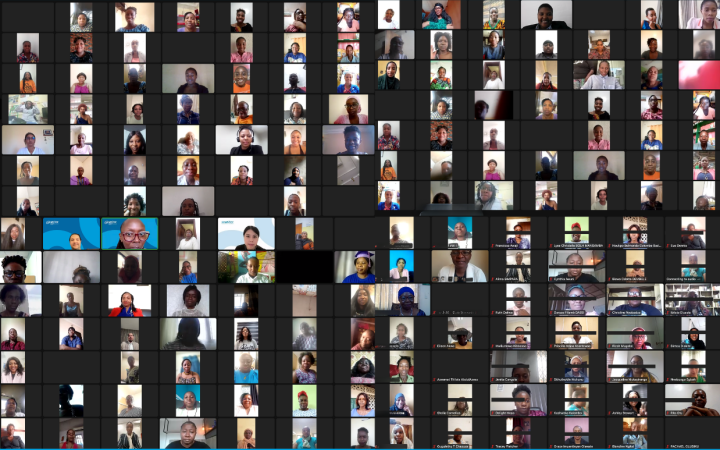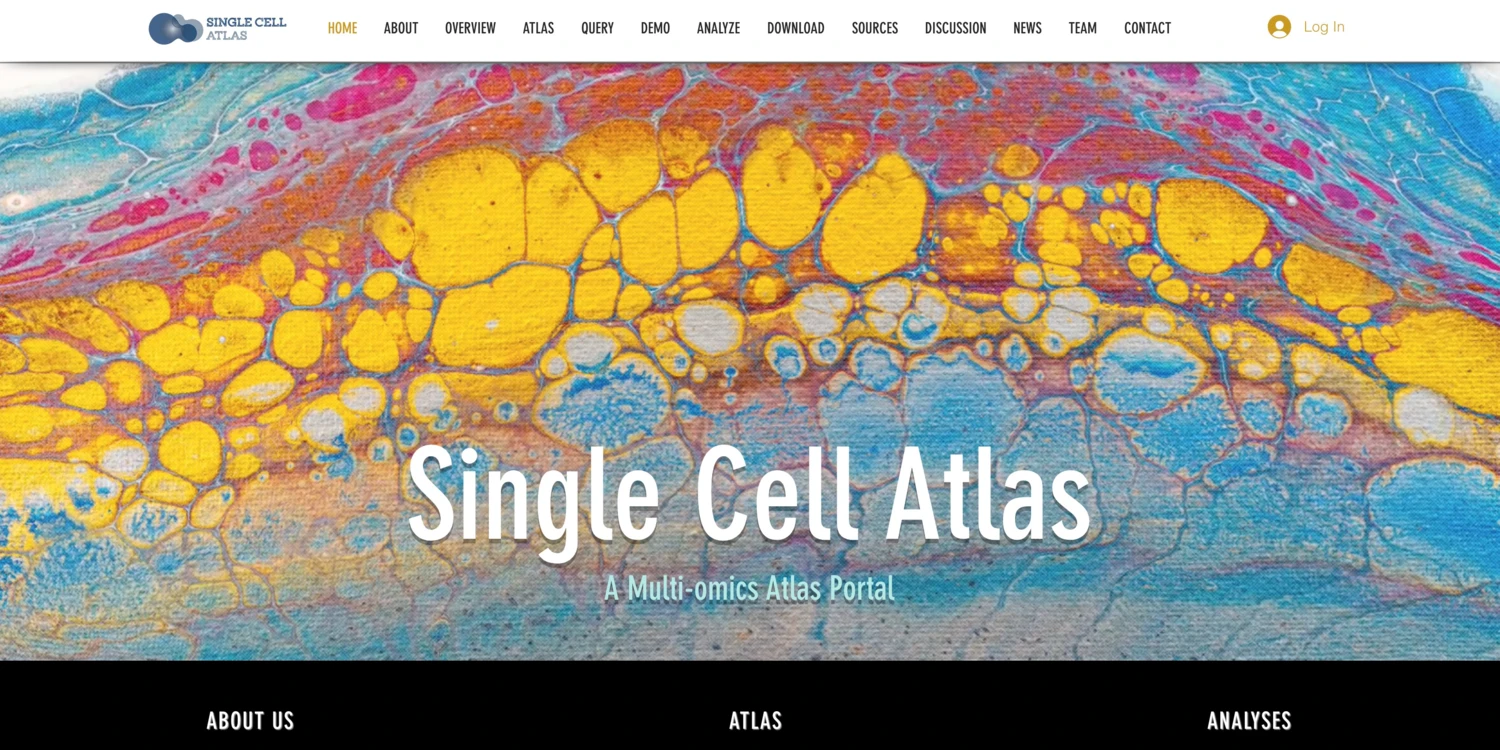Researchers from Monash University, the Netherlands, Denmark, Spain and Germany have examined decades of data from satellite-based X-ray telescopes to assemble and analyse the largest collection yet of thermonuclear explosions on neutron stars in our Galaxy.
The analysis is outlined today in Astrophysical Journal Supplements, with results available to other researchers via a dedicated web portal.
These thermonuclear explosions, detectable as X-ray bursts lasting 10–100 seconds, arise from runaway thermonuclear burning of accreted hydrogen and helium on the surface of dense and rapidly-spinning neutron stars.
“These events are the most frequent thermonuclear explosions in the universe, and occur every few hours for the most prolific sources,” explains lead study author Associate Professor Duncan Galloway from the Monash University School of Physics and Astronomy.
The fuel for the bursts is supplied by a companion star, orbiting the neutron star once every few hours. More than one hundred such sources are known in our Galaxy.
When a burst ignites it triggers a chain of hundreds of separate nuclear reactions, exhausting the available fuel and producing nuclear ‘ashes’ that will settle into the neutron star crust.
“Researchers can reproduce some of these reactions in labs here on Earth, but others are harder to reproduce, resulting in uncertainty for our model predictions,” Associate Professor Galloway said.
“We identified more than 7000 events from 85 burst sources, after analysing more than 200,000 separate observations. For a small team with no dedicated funding this took more than a decade to complete and we are glad we could carry this through!”, said study co-lead, Jean in ‘t Zand, from the Space Research Organisation of the Netherlands (SRON).
“Some of these events came from objects not previously known to burst, and one discovery was reported in a recent paper led by Monash PhD student Adelle Goodwin.“
Researchers can use computer models together with the observations in the study sample to identify which of the many nuclear reactions are the most important to determine the burst properties, and help guide future nuclear physics experiments.
Measurements from bursts have been used to calculate the mass and radius of the host neutron stars, which may provide evidence of novel states of matter in their cores.
Also contributing to the study was Associate Professor Jérôme Chenevez, of the DTU National Space Institute, in Denmark. “While some aspects of the burst physics are well understood, others are not,” he said. “Large samples such as this provide exciting new opportunities for all researchers to test new predictions and to use the bursts to








.jpg?sfvrsn=97edde42_5)